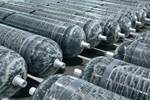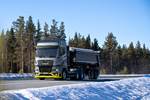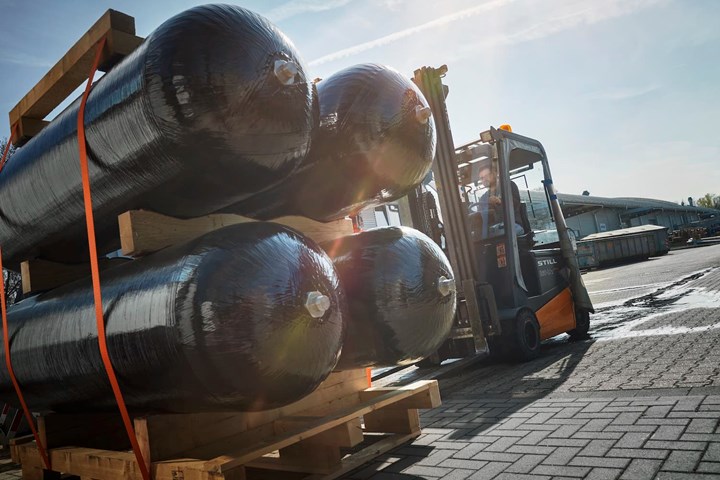NPROXX powers up H2 tank production with move to Alsdorf facility
Tripled space and capacity to potentially grow composite tank production to 30,000+ tanks/year, equipment investments enable manufacturer to handle larger orders, streamline operations.
Type IV tank manufacturer NPROXX (Heerlen, Netherlands) has completed a move of its operations to significantly larger premises at Alsdorf, Germany. The relocation is designed to support the hydrogen storage specialist’s major growth ambitions. “We have about 10,000 square meters in our facility now” explains managing director Klaus-Peter Kopper. “We have effectively tripled our size and capacity.”
In fact, the new facility gives NPROXX the space and capability to boost its production rates of hydrogen storage tanks and tank systems even further, thanks to improved efficiencies and new machinery. “We could in theory grow to five times our current production, to over 30,000 tanks a year” adds Kopper.
NPROXX’s quality manager, Claus Klein, highlights the much-improved production layout in the new plant. “It’s more streamlined and more like an automotive plant” he says. “Now that our design teams are closer to the shop floor, we can achieve greater coordination, communication and efficiency, to ensure we deliver to customer needs more effectively.”
The expansion could open new commercial opportunities in 2024 for the manufacturer. Now that NPROXX can handle significantly bigger orders, “we can deliver a storage system much faster than before, and our process stability improvements have already started to bear fruit with increased quality and reduced scrap rates,” says CTO Dietmar Müller. The company has also invested in automation, from robotic handling systems to automated winding and curing equipment. Moreover, in-house system assembly abilities enable NPROXX to achieve integrated tank supply.
According to Müller, the production of larger and more complex hydrogen tanks and systems is an NPROXX specialty, additionally enhanced by the move to the new facility. “Our competitors focus on smaller vessels for automotive use,” says Müller. “We are very good at producing big tanks and systems for challenging situations. For example, we are currently looking at 6-meter-long tanks systems for train and truck applications.”
NPROXX is also progressing toward compliance with the latest R134 pressure vessel standards. The tough requirements of this certification demand significant design adaptations, but Klein sees this as an opportunity “to get better and better.” And with strong market demand, including licensing agreements in the U.S. and China on the horizon in 2024, NPROXX’s new facility provides the base for its ambitious expansion plans.
Related Content
-
Drag-based wind turbine design for higher energy capture
Claiming significantly higher power generation capacity than traditional blades, Xenecore aims to scale up its current monocoque, fan-shaped wind blades, made via compression molded carbon fiber/epoxy with I-beam ribs and microsphere structural foam.
-
Materials & Processes: Fibers for composites
The structural properties of composite materials are derived primarily from the fiber reinforcement. Fiber types, their manufacture, their uses and the end-market applications in which they find most use are described.
-
Novel dry tape for liquid molded composites
MTorres seeks to enable next-gen aircraft and open new markets for composites with low-cost, high-permeability tapes and versatile, high-speed production lines.

















